
MSI GeForce GTX 1080 Ti Gaming X 11G Review
Manufacturer: MSIUK price (as reviewed): £698.99 (inc VAT)
US price (as reviewed): $739.99 (ex tax)
As the fastest card in Nvidia's arsenal open to third-party designs, the GTX 1080 Ti inspires companies to go all out. MSI's Gaming X design is one we've seen on a number of GPUs and one we've grown to rather like, so we were keen to see its implementation at the very top of the stack. This is effectively MSI's signature air-cooled graphics card, and it certainly doesn't come cheap at £700 (sometimes £750). Then again, if you were expecting it to be inexpensive, you must have been living under a rock for some time.
Bulky coolers are not uncommon on the GTX 1080 Ti; if anything, they're the norm. That said, we've become used to MSI's Gaming X cards sticking firmly to the dual-slot form factor, so we were surprised to see here that MSI has opted to eat into a third expansion slot. Asus, Aorus, and Inno3D all produce cards that do the same, so it seems a 2.5-slot design has been deemed most appropriate for the GTX 1080 Ti, which makes sense given the power it draws and the heat it subsequently outputs.
Furthermore, the market for people buying two of these is surely extraordinarily small, and even for those lucky few there are plenty of motherboards that could accommodate a pair of these in SLI anyway. Most people also just install a graphics card these days, so this size is unlikely to matter to the majority of us, although if you were hoping to go mini-ITX you'll definitely need to measure up before biting the bullet, ensuring your case supports the 280mm length and 140mm height as well as the 2.5-slot design.
The red and black design is one we still quite like; you may feel differently, of course. What's less subjective is the build quality – this is truly a strong and stable
MSI's factory overclock isn't huge; in the default Gaming Mode we have a base clock of 1,544MHz and a boost clock of 1,657MHz, and these are increased to 1,569MHz/1,683MHz in OC Mode, which you can switch to in the MSI Gaming App. This default base clock is a touch over four percent increased over the reference speed of 1,480MHz and lower than we've seen on three other partner GTX 1080 Ti cards – a little disappointing for a flagship part. The memory, meanwhile, is set to the default 11Gbps, but 11.1Gbps gets set in OC Mode. There's also a Silent Mode which simply drops the core to reference clocks.
Like many others, MSI opts for a different set of display outputs to the reference set, swapping one DisplayPort for a second HDMI to cater better to VR users and adding a dual-link DVI-D connection too.
The dual 8-pin PCI-E plugs also represent a boost over the reference design. These plugs are indented slightly on the oversized PCB, but there will still be some protrusion from the cables, so make sure you account for this in your measurements.
RGB lighting is included but only for the MSI and dragon logo along the top; the strips that cut through the black part of the shroud do light up but only in red. Through the Gaming App, MSI offers independent LED control with a variety of effects.
The beefy Twin Frozr VI heatsink boasts all of MSI's latest cooling technologies, but effectively boils down to a large GPU baseplate feeding five heat pipes (one 8mm, four 6mm) that in turn dissipate heat through two separate fin stacks. The baseplate and heat pipe are nickel-plated for a consistent finish. Meanwhile, a separate cooling plate is used to cool the memory chips, while the secondary fin stack is connected to all the important VRM components directly via thermal padding, so it's a very complete solution. MSI also claims to be using a premium thermal compound to further boost heat transfer from the GPU.
While many partners use three-fan designs, MSI is confident in its ability to keep the GTX 1080 Ti cool with just two. Specifically, it uses its Torx 2.0 fans that sport alternating blades – one to accelerate airflow, one to push it down towards the heatsink fins – and double ball bearings inside. Semi-passive support means the fans will turn off completely once the GPU is below 60°C, ensuring silence in idle/low-load environments as well as boosting fan longevity.
The black, oversized PCB plays host to an 8+2 phase power solution that uses MSI's Military Class 4 components. These are said to bring benefits in a variety of areas including reliability, overclocking potential, and efficiency when compared to standard parts.
Specifications
- Graphics processor Nvidia GeForce GTX 1080 Ti, 1,544MHz (1,657MHz boost) (1,569MHz / 1,683MHz in OC Mode)
- Pipeline 3,584 stream processors, 224 texture units, 88 ROPs
- Memory 11GB GDDR5X, 11Gbps effective (11.1Gbps in OC Mode)
- Bandwidth 484GB/sec (488.4GB/sec in OC Mode), 352-bit interface
- Compatibility DirectX 12, Vulcan, OpenGL 4.5
- Outputs/Inputs 2 x DisplayPort 1.4, Dual Link DVI-D, 2 x HDMI 2.0b
- Power connections 2 x 8-pin PCI-E, top-mounted
- Size 280mm long, 140mm tall, triple-slot
- Warranty Three years

MSI MPG Velox 100R Chassis Review
October 14 2021 | 15:04

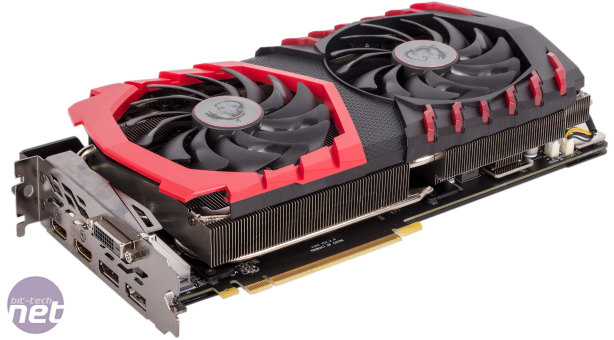
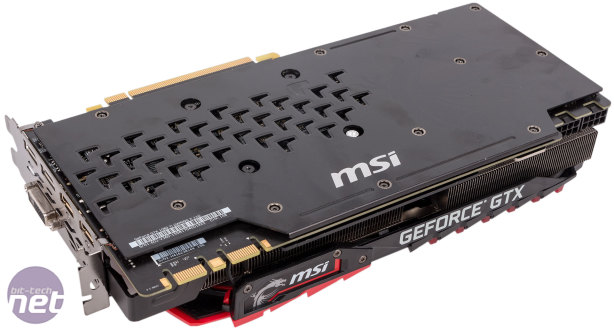
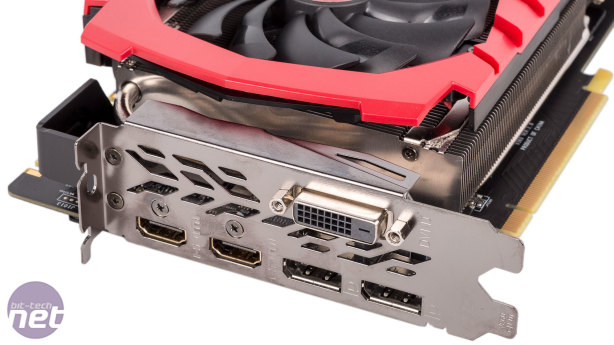
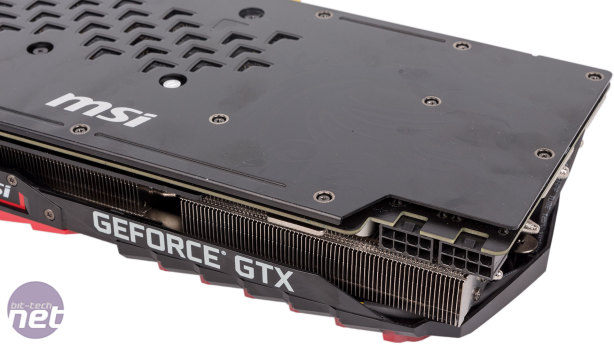
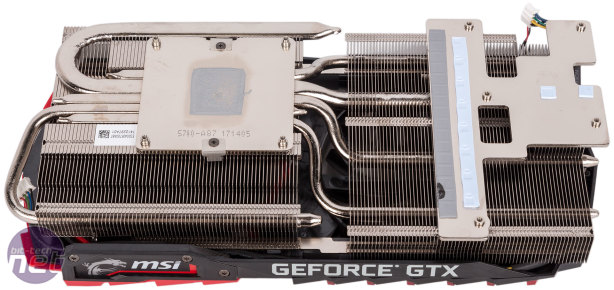
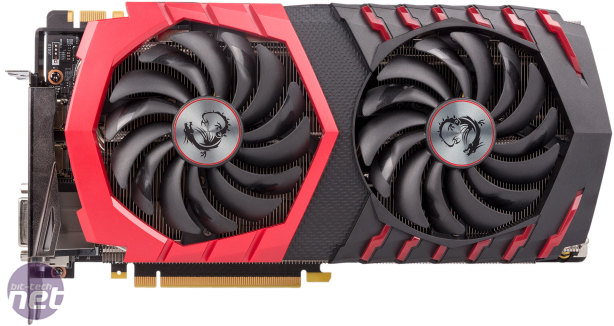
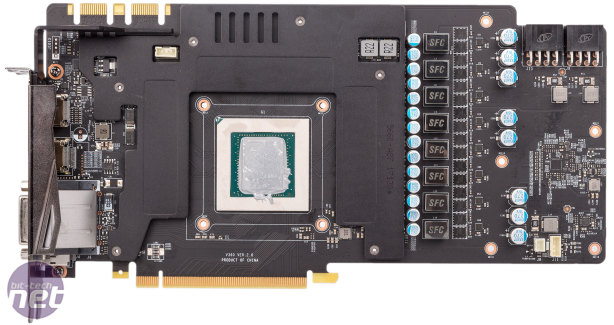

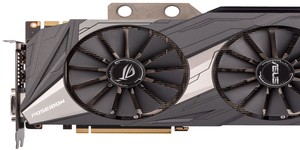





Want to comment? Please log in.